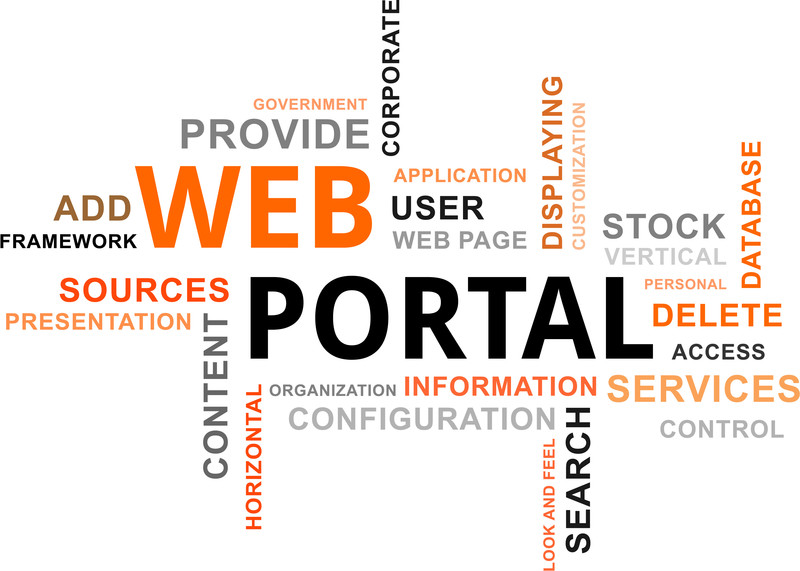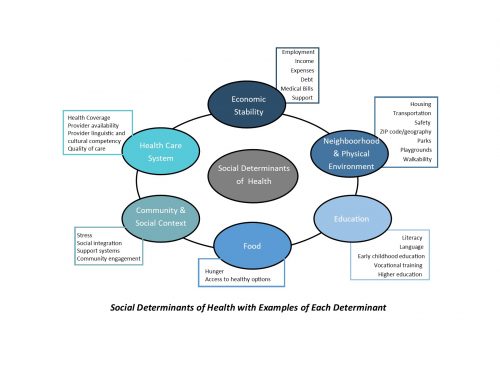Written by Jay Garrard, VP of Operations, CompAlliance, Western Region.
Joe Paduda wrote a spot-on article about the “buyer-user disconnect” the other day on his blog, Managed Care Matters, in which he examined issues surrounding the use of vendor portals. While there are a lot of “portals” out there, he posited that very few end users want to use portals. I agree, for the most part, because there are a lot of poorly designed portals. However, there are some portals that may be worthwhile, but few have managed to articulate their value to the user.
What is a portal? Let’s be honest, most are simply self-service applications. “Do you want to know what we are doing with your bill? You can log in and see! (because we haven’t gotten around to telling you yet…)” “Do you want to send us a referral? You can log in and send us one! (and while you’re at it, you are doing all the data entry for us…)” These types of features don’t offer the end-user much value; they just make the vendor’s life easier.
On the other hand, portals aren’t all bad. They might just be misunderstood. Portals can also make your life easier. For example, have you ever used an auto-attendant to check your bank balance over the phone, or transfer money between accounts? If it was designed well, it was an easy task, and you could do it without having to wait for an available agent. You could even make the transaction after business hours. It was convenient for you, and you did the banker’s job for them. That’s an example of a voice-portal that is effective for the customer and the vendor, with clear benefits for both.
If convenience isn’t as easy to articulate, then you need to be able to articulate VALUE. Clients have used our UR portal most effectively when we were able to articulate sound reasoning for using it, and their leadership team also reinforced the value. Using the portal allows us to gather valuable information, which ultimately provides actionable data from which to make informed business decisions. Sometimes it might not seem like it saves you much time, but the valuable data provided on treatment trends and provider performance helps to prevent problems down the road. Does the balance tip in favor of using the portal yet?
For example, our clients use our UR software portal to process all their treatment requests; including requests the claims professional is in the process of approving. Certainly, the simplest way for the claims professional to handle those requests is to approve and sign the request and fax it back to the provider. However, the downside of this minimalist approach is the approval is not recorded in their claims system. Even when the claims professional makes a note in their system, their claims system does not have a mechanism to report on those requests. So, how do we further tip the balance in favor of using the portal? By using an Electronic Interface. By using this interface, we assure our client’s claims data is already in our UR database, minimizing the data entry required by the adjuster. Additionally, once the referral is entered into our UR database, the approval is also automatically noted in the claims system, eliminating duplicate data entry for the adjuster.
This process then becomes a net-neutral effort on the part of the claims professional, while also providing assurance of adherence to UR regulations, which is invaluable to our clients. Additionally, our clients appreciate the valuable data that is gathered on all treatment being provided to their employees.
Which brings up another example of disconnect: DATA. Buyers want reports. They want reams of reports, and we can give them reams of reports. Unfortunately, therein again lies the “Buyer-User disconnect.” So much data can lead to “paralysis-by-analysis.” I believe it is our duty to help our clients interpret the data, identify trends, and make recommendations that can be validated based on the client’s data. When our “users” can see the value of the data, it tips the balance for the “buyer” and the user to realize also the value of using a portal.


